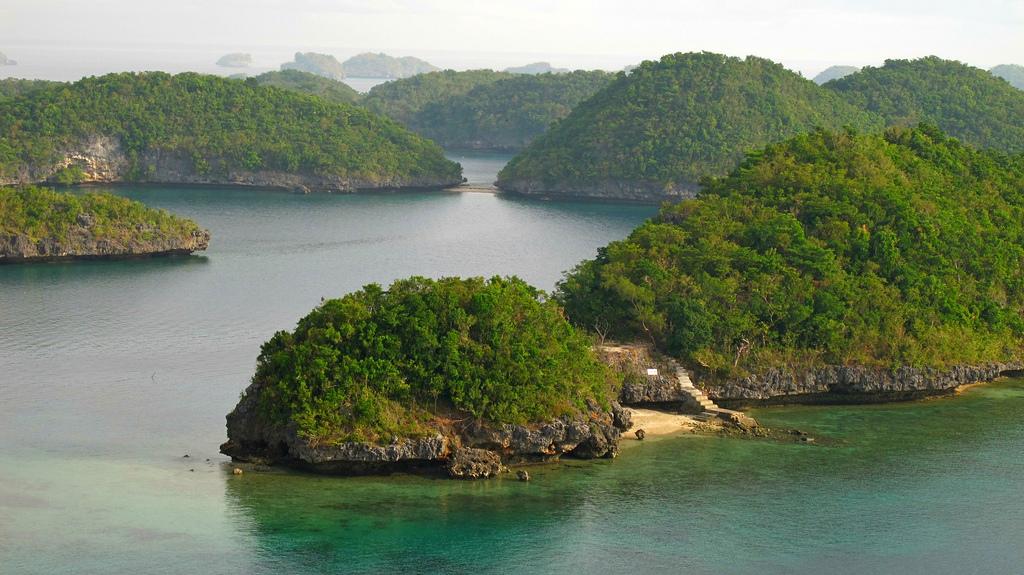
An archipelago composed of 7, 107 islands, the Philippines offers unique tourist destinations which includes the rice terraces of Ifugao, white sand beaches of Boracay, diving sites of Palawan and the lush forests of Bohol. Philippines is truly a country blessed with natural wonders and attractions.
Inspired by the New Seven Wonders of Nature which includes the Puerto Princesa Underground River, Vigattin Tourism listed its ‘Seven Natural Wonders’ that is taken from a list of known tourist spots in the country.
Inspired by the New Seven Wonders of Nature which includes the Puerto Princesa Underground River, Vigattin Tourism listed its ‘Seven Natural Wonders’ that is taken from a list of known tourist spots in the country.
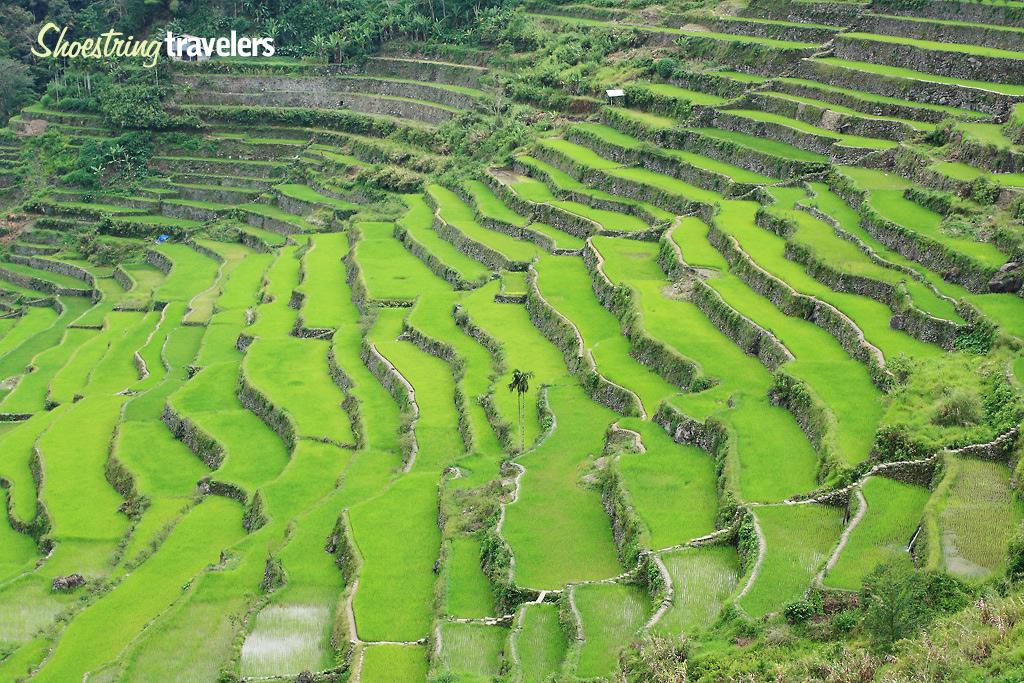
As a natural wonder, Banaue Rice Terraces is one of the UNESCO World Heritage Site . UNESCO described it as; “a memorial to the history and labour of more than a thousand generations of small-scale farmers who, working together as a community, have created a landscape based on a delicate and sustainable use of natural resources.”
It is definitely a natural wonder that combines the harmonious interaction between people and its environment creating a breathtaking landscape of great aesthetic beauty. Banaue Rice Terraces should be preserved because it is vulnerable to social and economic changes.
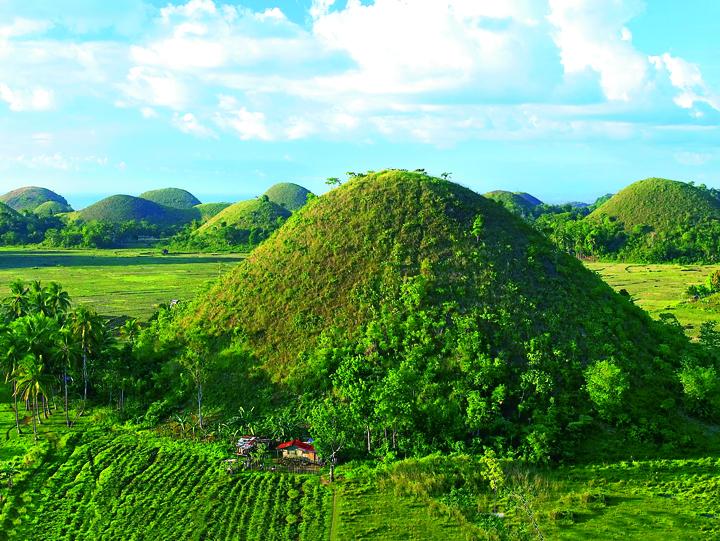
Currently, the Chocolate Hills is on the tentative lists of UNESCO World Heritage Site which means that it still a subject for inclusion for the official list of UNESCO World Heritage Site. It was also the Philippines’ nominee for the New 7 Wonders Nature.
The Committee on Geological Sciences declared the Cholocate Hills as the country’s 3rd National Geological Monument on June 18, 1988 in recognition of its special characteristics, scientific importance, uniqueness, and high scenic value. As such, this included the Chocolate Hills among the country's protected areas.
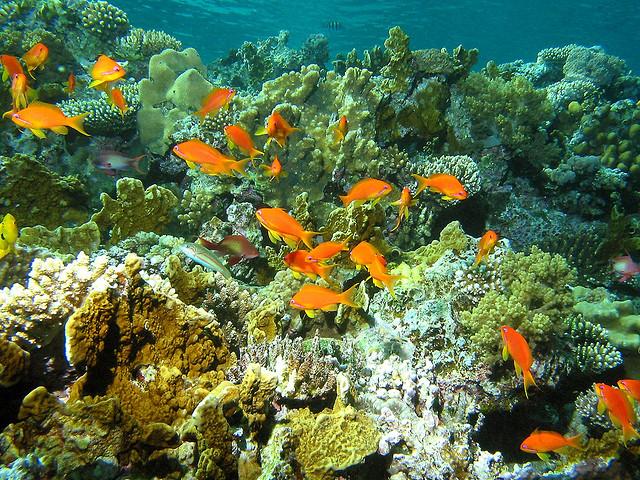
CNN travel website, CNNgo.com, considers it as one of the top eight dive sites in the world for its extraordinary biodiversity and breathtaking underwater sceneries. It is the first marine area that was recognized as a national park, proclaimed by President Corazon Aquino on August 11, 1988.
The national park was also nominated as the New 7 Wonders of Nature in 2007. In 1999, it was listed by the Ramsar Convention as one of the Wetlands of International Importance. It was declared a World Heritage Site by UNESCO in December 1993 and falls under the protective management of the Department of National Defense (DND) of the Philippines.
The national park was also nominated as the New 7 Wonders of Nature in 2007. In 1999, it was listed by the Ramsar Convention as one of the Wetlands of International Importance. It was declared a World Heritage Site by UNESCO in December 1993 and falls under the protective management of the Department of National Defense (DND) of the Philippines.
A mountain located in the province of Davao Oriental, Mount Hamiguitan is the only protected forest noted for its unique bonsai field or 'pygmy' forest of 100-year old trees in an ultramafic soil. Mount Hamiguitan has the most diverse wildlife populations in the country where several species of Nepenthes ad Philippine eagles can be found.
Last June 23, 2014, the delegates of the UNESO World Heritage Committee voted to include Mount Hamiguitan Range Wildlife Sanctuary to the prestigious UNESCO World Heritage List. It is one of the 26 new heritage sites that were added to the list this year including the historic cave Grotte Chauvet in France.
UNESCO World Heritage List page describes states, "The property showcases terrestrial and aquatic habitats at different elevations, and includes threatened and endemic flora and fauna species, 8 of which are found only at Mount Hamiguitan."
UNESCO World Heritage List page describes states, "The property showcases terrestrial and aquatic habitats at different elevations, and includes threatened and endemic flora and fauna species, 8 of which are found only at Mount Hamiguitan."
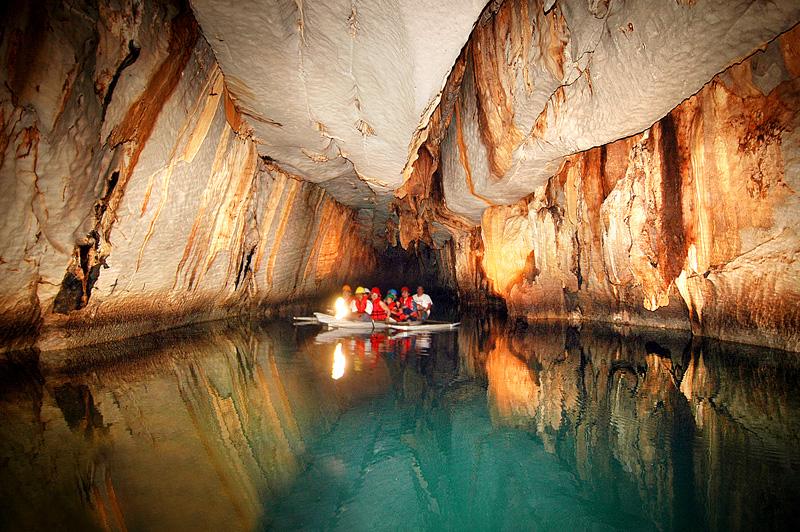
Because it represents a unique ecosystem and features the most important forests in Asia, it was declared by UNESCO as a World Heritage Site on December 4, 1999. On November 11, 2011, Puerto Princesa Underground River was provisionally chosen as one of the New7Wonders of Nature and was officially confirmed on January 28, 2012.
The cave inside the national park is one of the largest cave rooms in the world while the river winds through it before flowing directly into the West Philippine Sea. The forest formations represent eight of the thirteen forest types found in Asia such as mountain forest, beach forest, and mangrove forest.
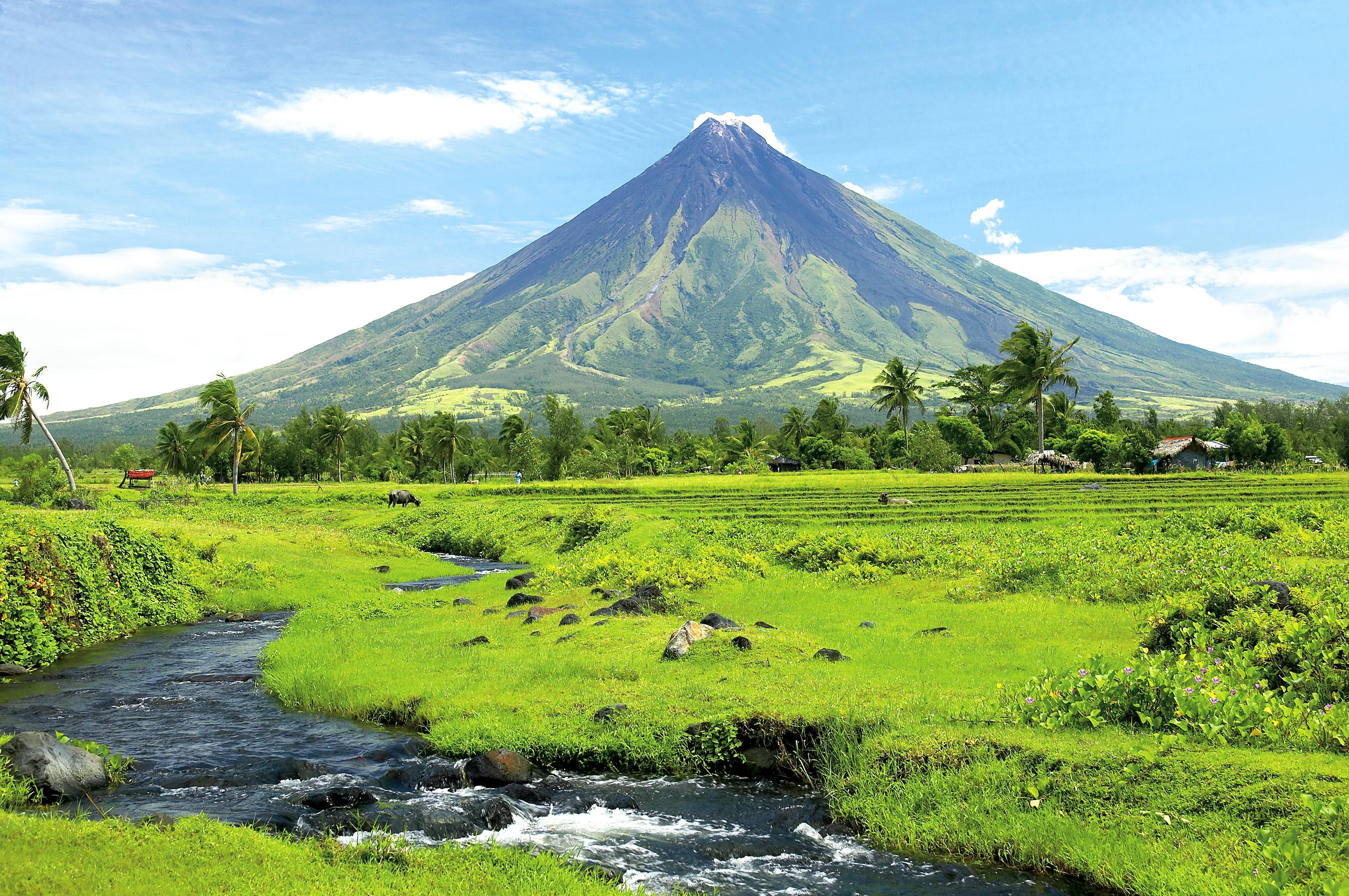
Presently, Mayon Volcano was declared as national park in 1938 but was reclassified as a Natural Park (natural monument) in the year 2000. The Mayon Volcano Natural Parkcovers an area of 5, 775.7 hectares which includes its adjacent surroundings.
Upon visiting the natural park, visitors will see a panoramic view of the majestic volcano that stands 2, 462 meters with a base circumference of 62.8 kilometers or 40 miles. Aside from the breathtaking scenery, there are tour operators that offer an All-Terrain Vehicle (ATV) tour for those who want to see the volcano’s crater.
7. Hundred Islands National Park
7. Hundred Islands National Park

The islands are scattered in Lingayen Gulf covering an area of 16.76 square kilometers. It is believed that the ‘hundred islands’ are about two million years old and actually ancient corals that extend well inland, in an area previously comprising the seabed of an ancient sea. The lowering of the sea level has exposed them to the surface.
As a tourist destination, the Hundred Islands National Park is ideal for swimming, diving and snorkeling. There are only three among the hundred islands that are developed for tourism. Majority of the islands are not commercialized and are still unspoiled. The islands are truly a natural wonder because of the unique karst formations and forest.
No comments:
Post a Comment